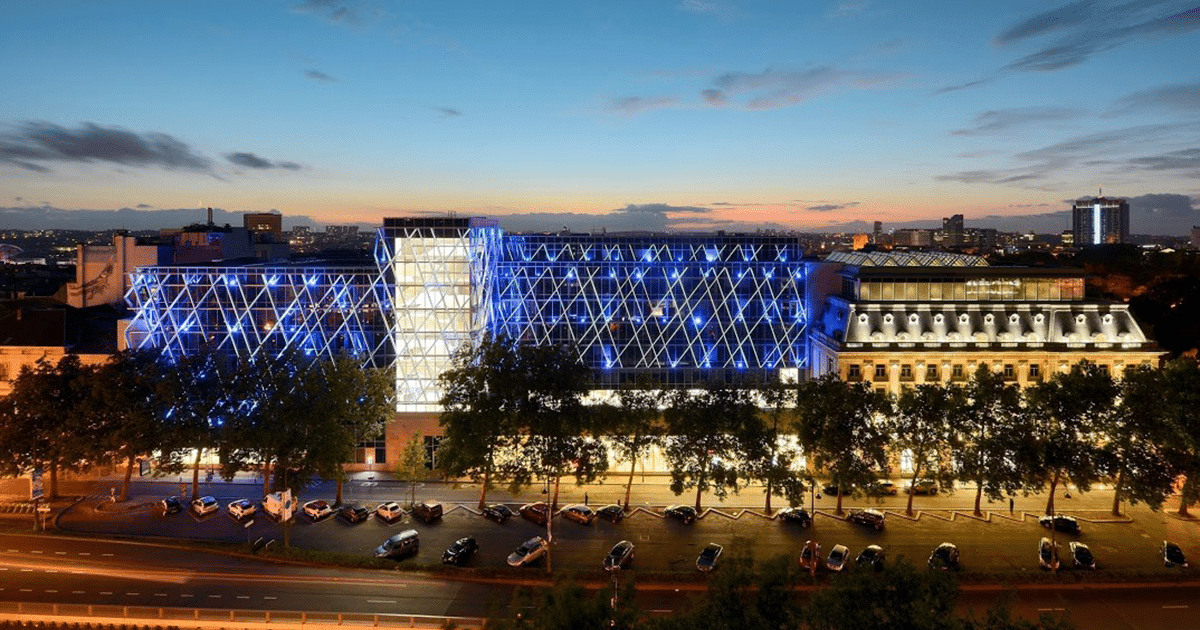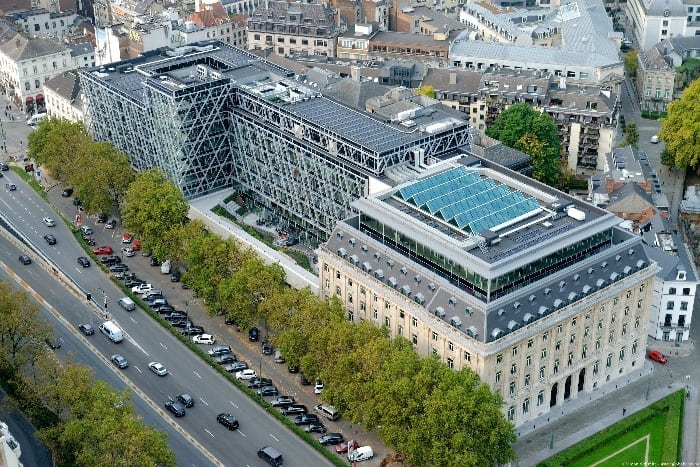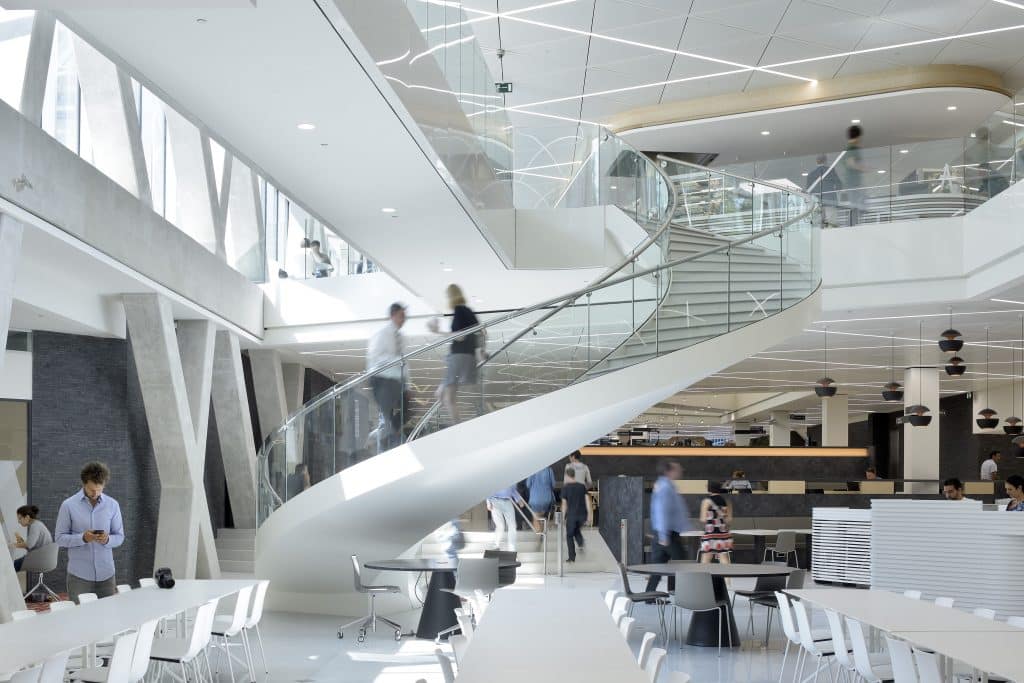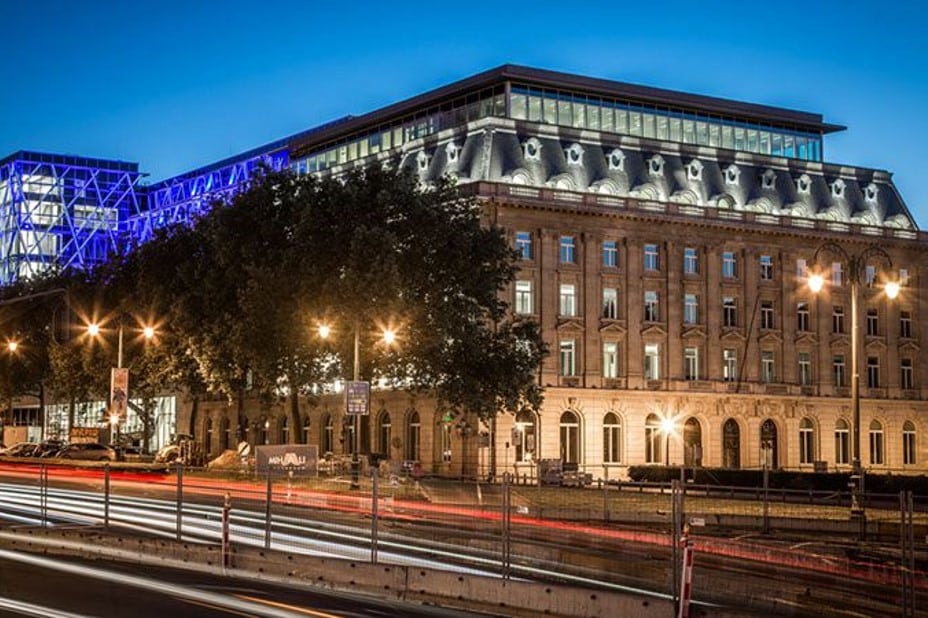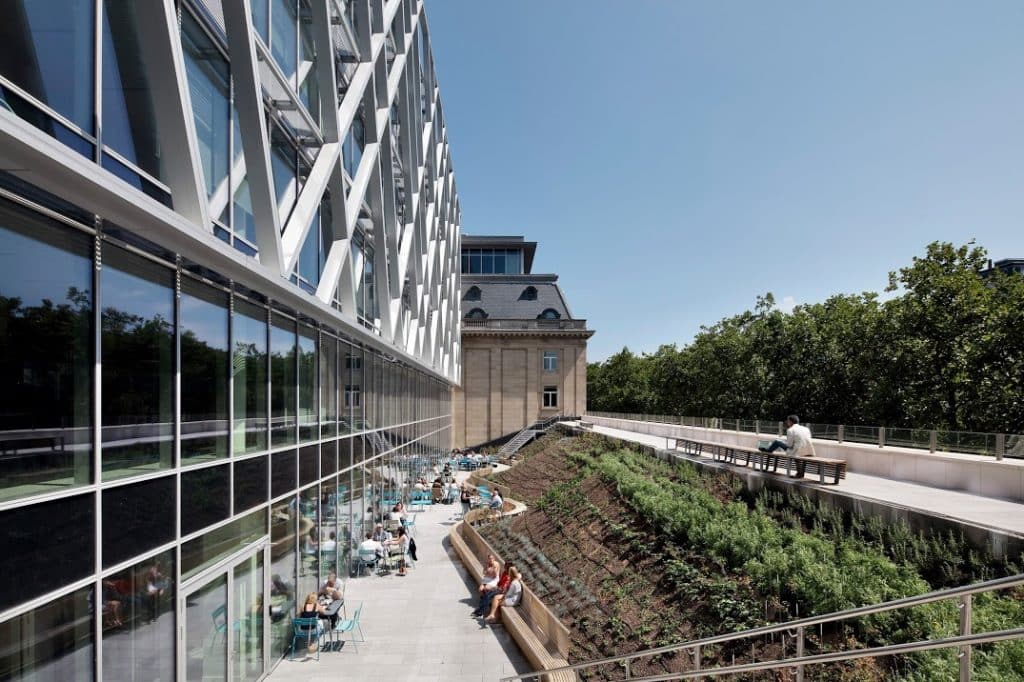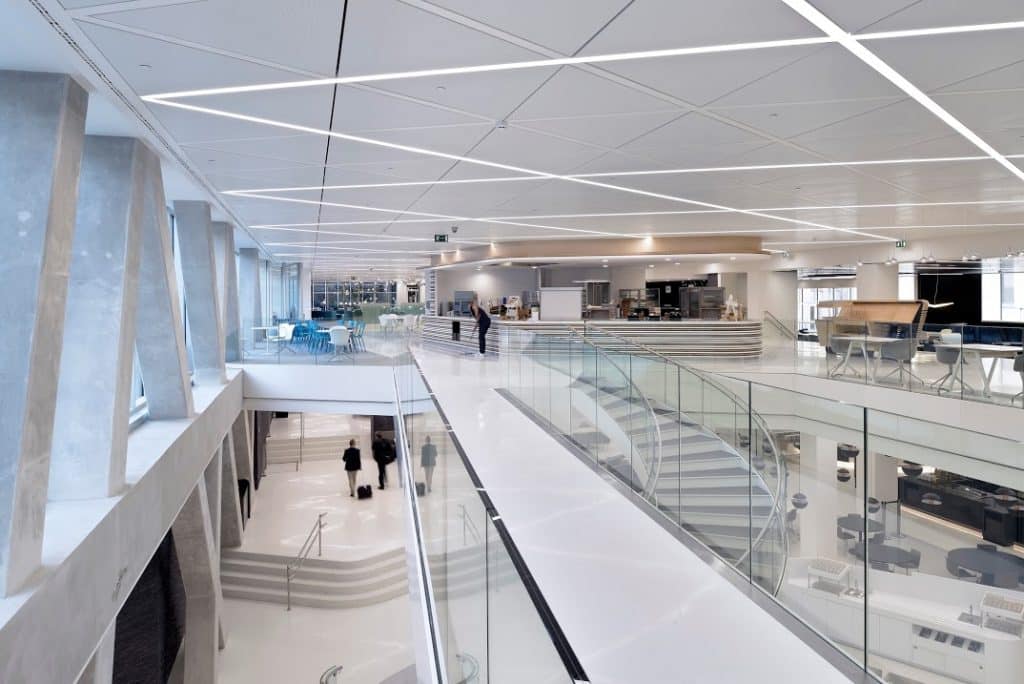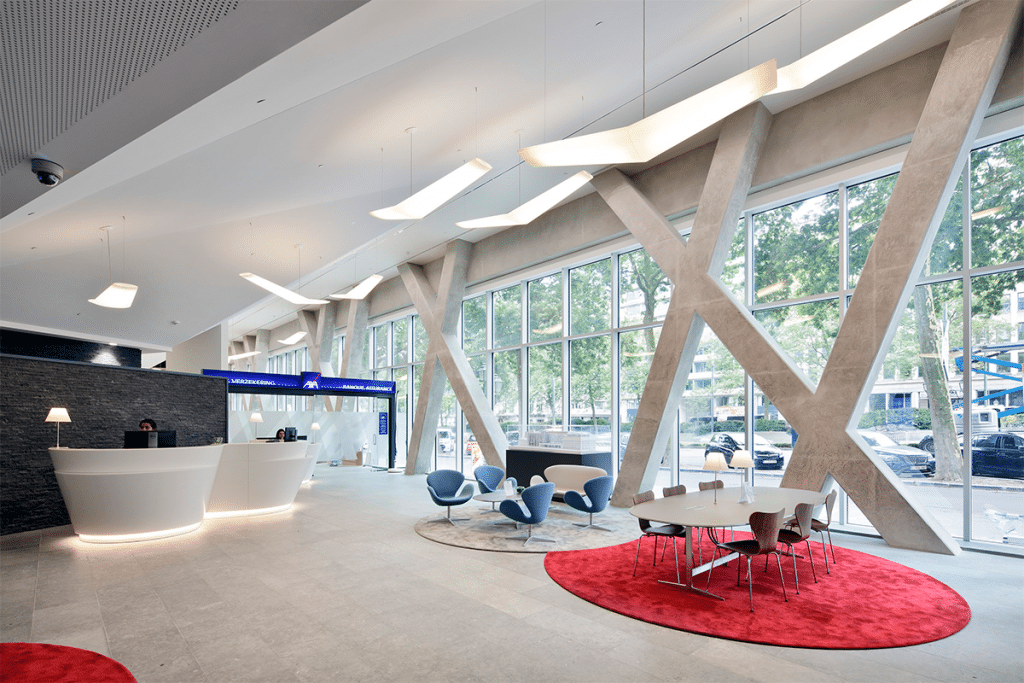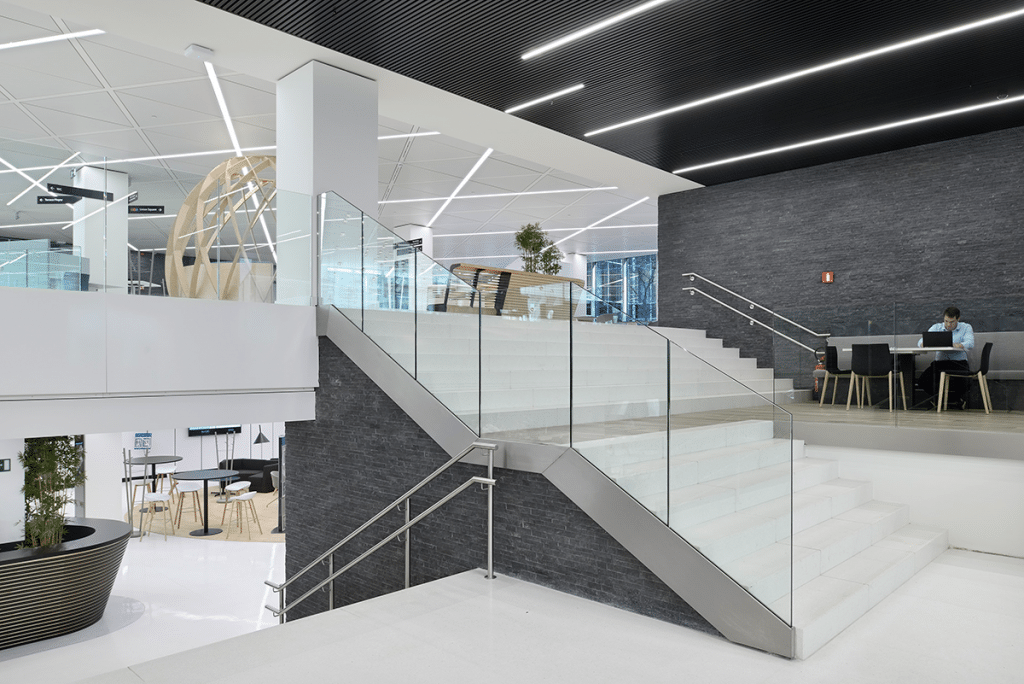
For AXA Belgium, a smart building is a means to an end. At its new head office in the centre of Brussels, the leading insurance company enabled a new way of working, underpinned by Spacewell smart building technology in a space-efficient, user-centred and easily accessible building.
0.6 workplace ratio
1540 workstations for 2600 staff members in a dynamic workplace concept with a range of shared spaces and a 0.6 desk-to-employee ratio
BREEAM certified
The reduction of the surface area in the AXA Belgium smart building is the biggest environmental parameter
500.000 ft² smart surface
AI-driven technology triggers actions in real time powered by any underlying IWMS
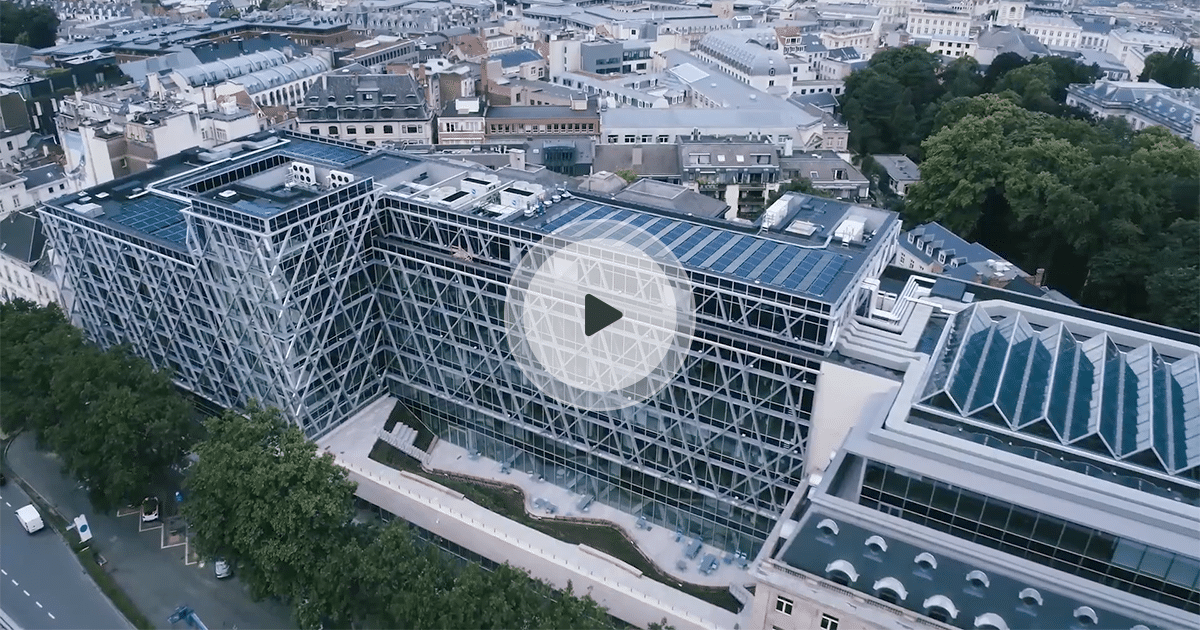
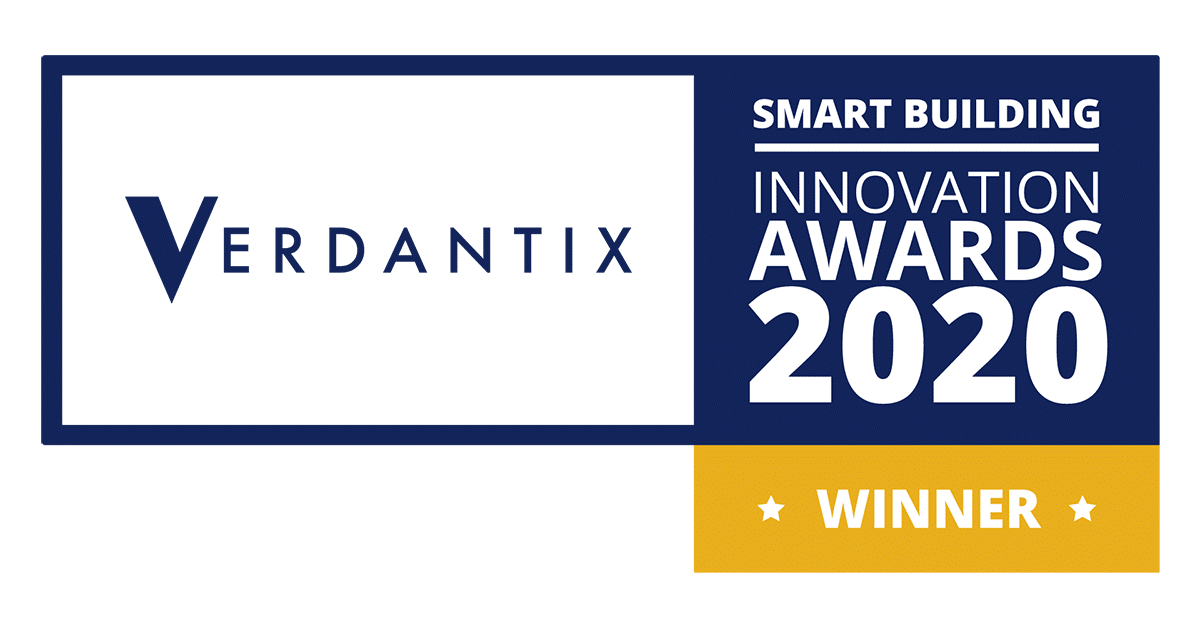

IFMA – 2019 Facility Project of the Year Award: NOMINATION
Until 2017, AXA Belgium rented a building in Watermael-Boitsfort, on the outskirts of Brussels. They thought carefully before moving to the city center. “The idea of adopting another approach arose back in 2012,” says Raf Boterdaele, Head of Building & Facilities Management at AXA. “We were looking for a solution that would benefit the mobility of staff in the long term.”
They chose the old Engie Electrabel head office in place du Trône. The historical part of the building – which once served as a hotel – was retained, the second wing underwent a thorough renovation and a third section consisted of a new building, with a horizontal rather than a vertical structure. This creates more interaction among the staff.
The result is a building with a large horizontal surface area – no less than 50,000 square meters altogether, of which 35,000 is taken by offices and the central forum with the company restaurant. “It’s a modern office building but one with personality, with a story,” Raf Boterdaele says.
“And above all, the location provides huge added value in terms of mobility. The starting point in the design process was to make the building easy to reach by public transport (discouraging car use). The central railway station is within walking distance. There are subway and bus stops literally in front of the door. In addition, we’ve provided a large bicycle parking area, including facilities to take a shower after your ride into work.”
AXA Belgium switched to the New Way of Working back in 2014, with staff given the option of working from home as well. “We’ve followed this line firmly in the new building,” Raf explains. “For the layout of the offices, we adopted the principle of the activity-based workplace.”
This means that various areas are geared to different types of activities. So there are meeting rooms of various sizes, rooms for work that requires deep focus, spaces to hold informal gatherings, phone calls, brainstorming sessions, various bubbles – these are small rooms with three chairs and a small table – dynamic and smart rooms, etc.
Above all, AXA Belgium was looking for a solution that would catch on. At the first NWOW location in the Marnix building, the company had seven workstations per 10 employees. Now there are just six. 1,540 workstations are provided for the 2,600 or so staff members who come to the office in Brussels. “The ratio of six to 10 instantly makes a difference of a few thousand square meters of office space,” says Raf.
“The impact on the budget is huge. But, of course, it has to remain workable.” So AXA Belgium provided an IoT solution in the building to closely monitor the use of offices, workstations, and meeting rooms. Spacewell worked out a solution based on the Proximus LoRa network. In this way, the IoT applications are kept fully separate from the AXA Belgium IT environment and there can be no impact on network security.
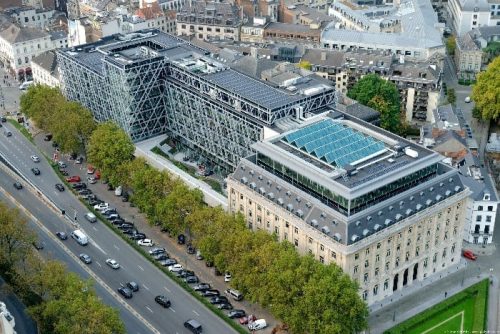
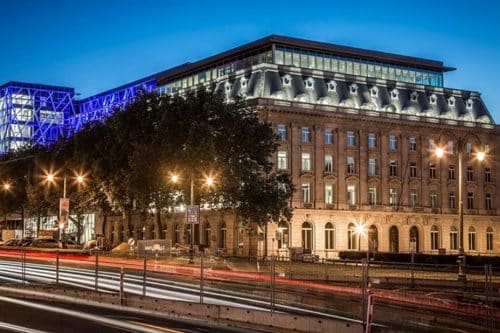

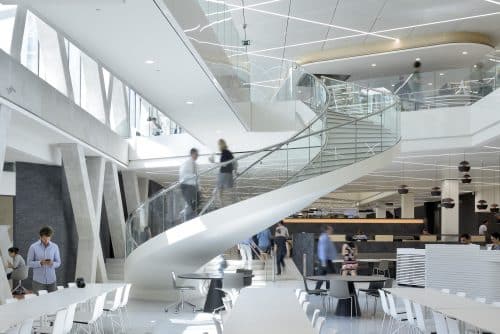
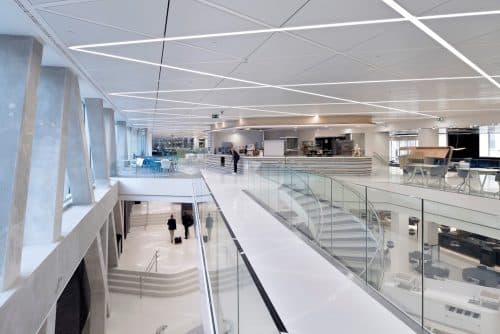


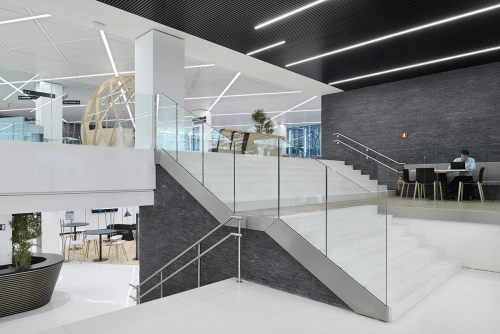
Axa smart building: actionable insights
In practical terms, 1,850 sensors have been installed in the building which register the snapshot occupancy of workstations and meeting rooms. Every six minutes, they send a report to the IoT platform via the LoRa network. “Analyzing this data gives us an insight into how staff use the available infrastructure,” Raf explains. “That enables us to further optimize the way the building functions.” In addition, there are around 50 ‘comfort sensors’. They measure the temperature, humidity and CO2 levels, among other things.
“The comfort sensors collect data that the IoT solution puts online straightaway,” says Sven Toelen, Global Marketing Director at Spacewell. “So the application provides a form of quality control of the technical installations in the building. The reports immediately show whether the heating and ventilation system is working properly.” A third part of the IoT process will record the use of the bathroom facilities so that AXA Belgium can gear the cleaning of these areas better to the actual needs of staff, among other things.
The combination of renovation and new building enabled AXA Belgium to integrate the digital component right from the start of the project. “Everything is digitally equipped,” says Raf. “There are LED lights everywhere, there is a motion detection system and we achieved the internationally accepted BREEAM certificate for sustainability.” The reduction in the surface area that we needed is the single biggest environmental parameter. Fewer offices automatically means less consumption. “The AXA Belgium smart building project continues to evolve all the time. Step by step we are collecting more data, so that we can make better analyses to optimize processes.”
Cultural change
Reporting remains the most important criterion. “We aim to obtain as much useful information as possible from the data that we collect and analyse and this, in turn, provides the input for new initiatives.” Among other things, AXA Belgium is thinking about developing an app for staff that combines everything: booking a meeting room, consulting the restaurant menu, reporting a technical issue, etc.
“For the staff, it really was a huge change,” Raf goes on. “They work fully digitally now, but autonomously as well. Results and trust are more important than the number of hours worked. In this way, the new building underpins an important cultural change as well.” AXA is an international insurance company and asset manager with 100 million clients and 160,000 employees in 62 countries.
How it works:
- Data is collected anonymously by wireless sensors.
- Data is sent over the LoRa network to the gateways. The LoRa network has its own open frequency which doesn’t interfere with your local network.
- The raw sensor data is gathered in sensor hubs from where it is sent to the cloud.
- The cloud aggregates the data in a structured way (pre-processing) before it is sent to the COBUNDU platform.
- The COBUNDU platform processes this data and combines it with other data sources. Additionally, the platform monitors the health of the sensors (battery and signal strength).
- Easy-to-understand dashboards provide the insights needed for informed decisionmaking. Occupants get workplace guidance through various channels (app, kiosk, Outlook, room display) combining real-time occupancy data visualization with reservation capabilities.
In Belgium, AXA Belgium has 2.9 million clients, 3,500 employees and 3,200 brokers. In 2017, AXA Belgium posted an operating profit of €357 million.
Raf Boterdaele gained a degree in bio-engineering from the University of Ghent. After 13 years as Manager Buildings & Facilities at Mercedes-Benz BeLux, he moved to the role of Head of Building & Facilities Management at AXA Belgium.
Sven Toelen has a degree in commercial engineering from Antwerp University. He is VP Marketing and Communication at Spacewell.
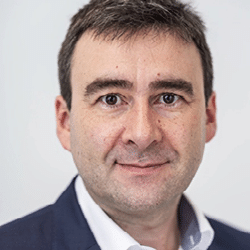
We gear the building to the staff. We measure the use of the workstations and meeting rooms via IoT.
Raf Boterdaele
Former Head of Building & Facilities Management, AXA Belgium

